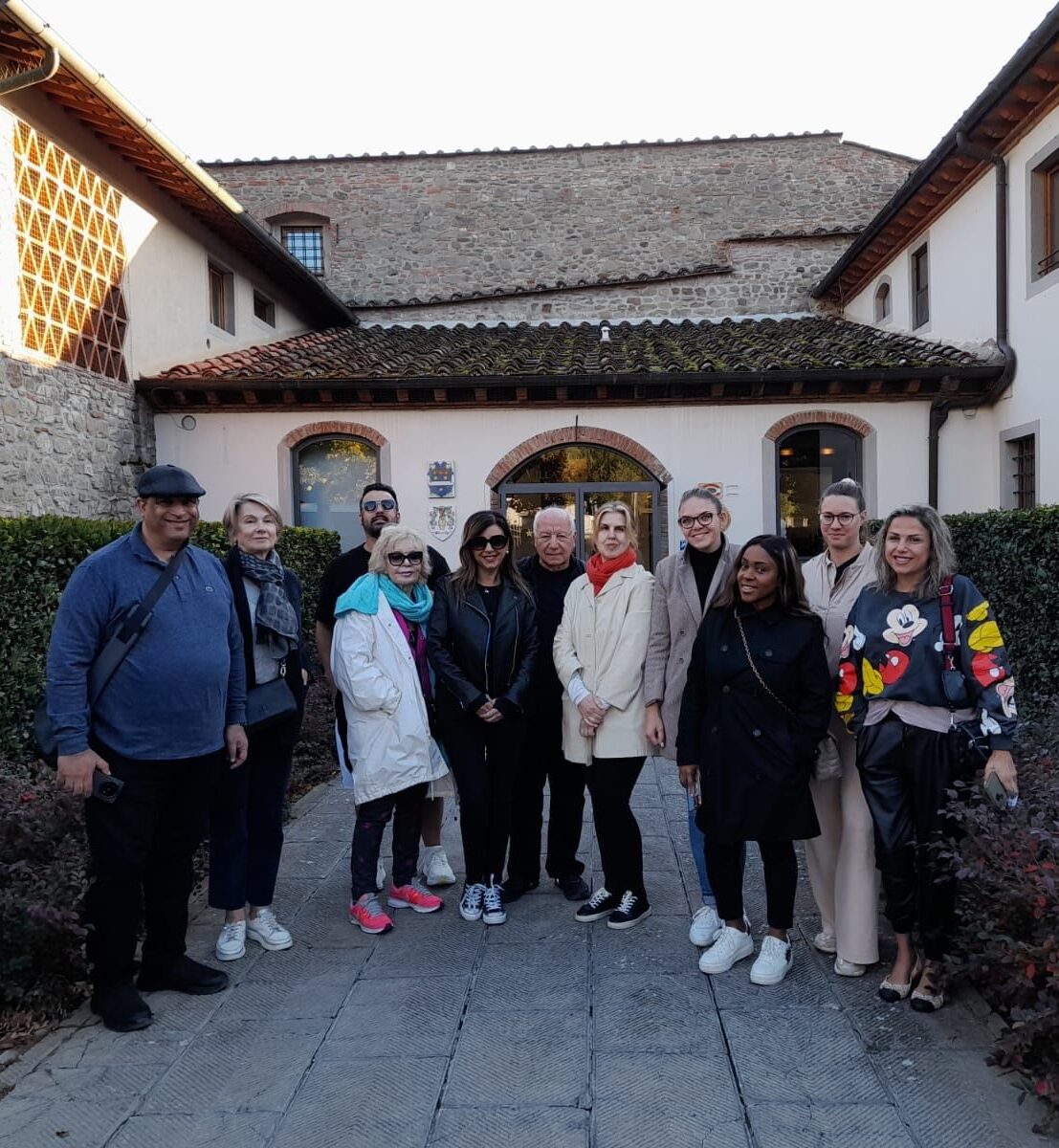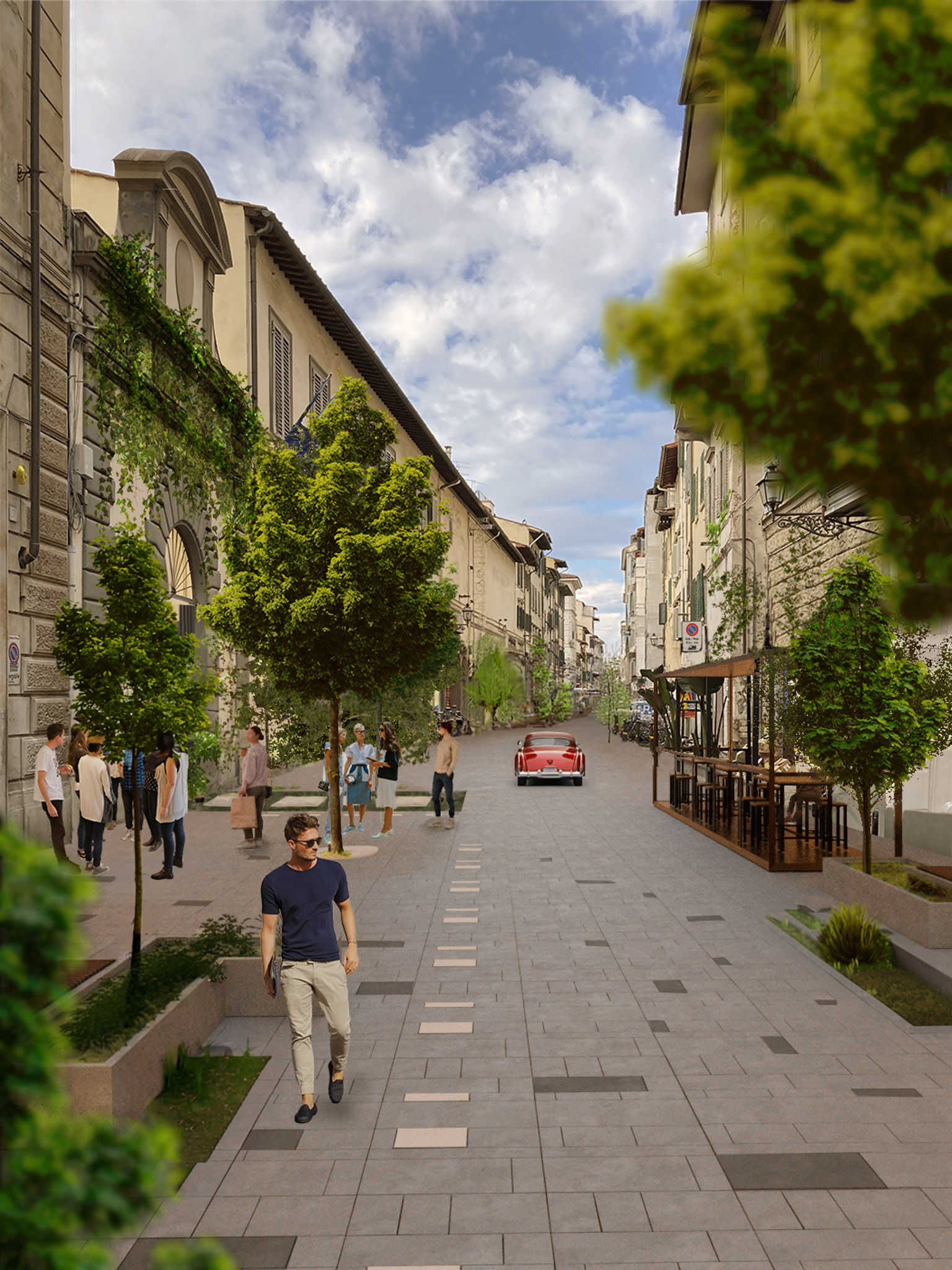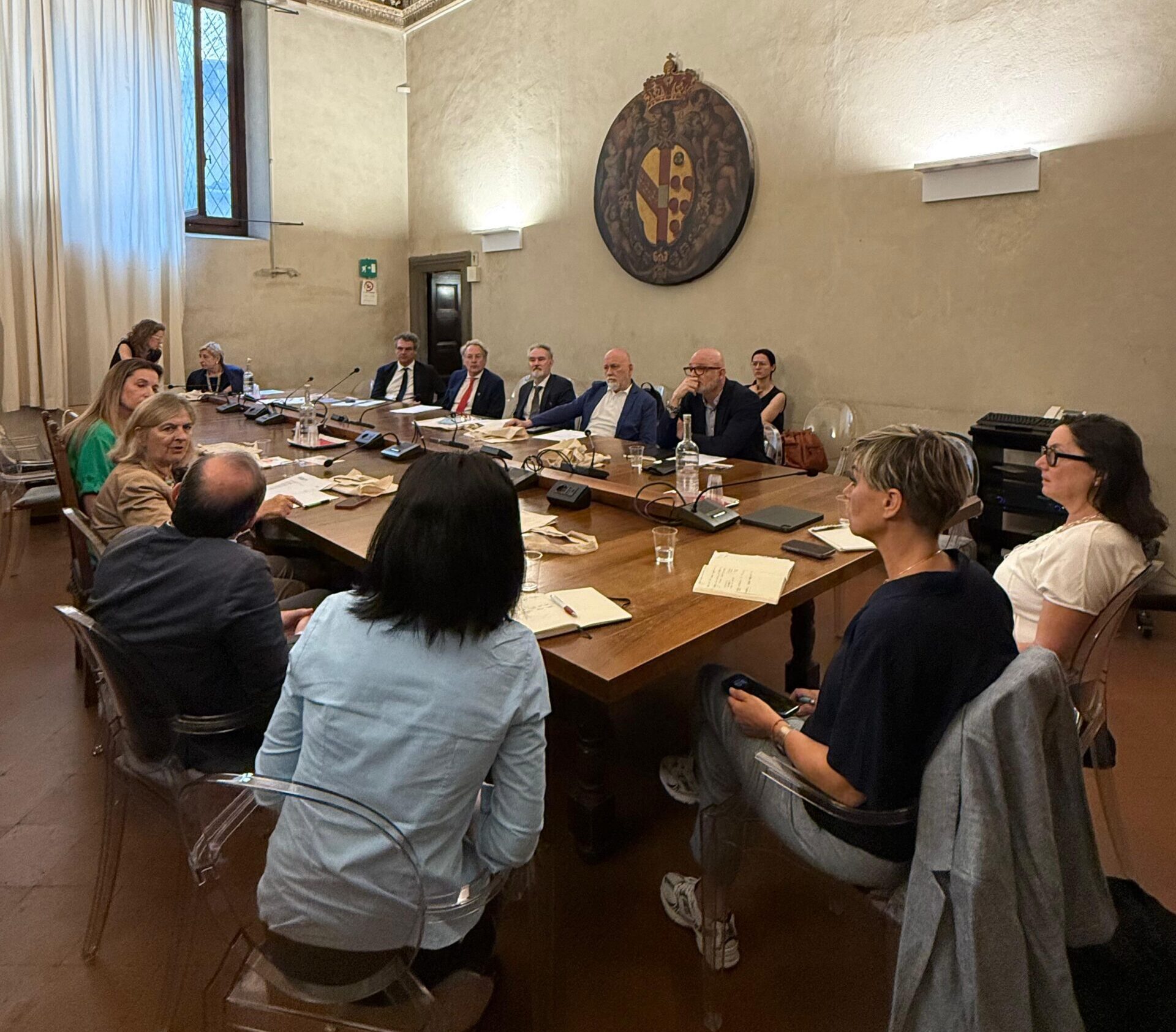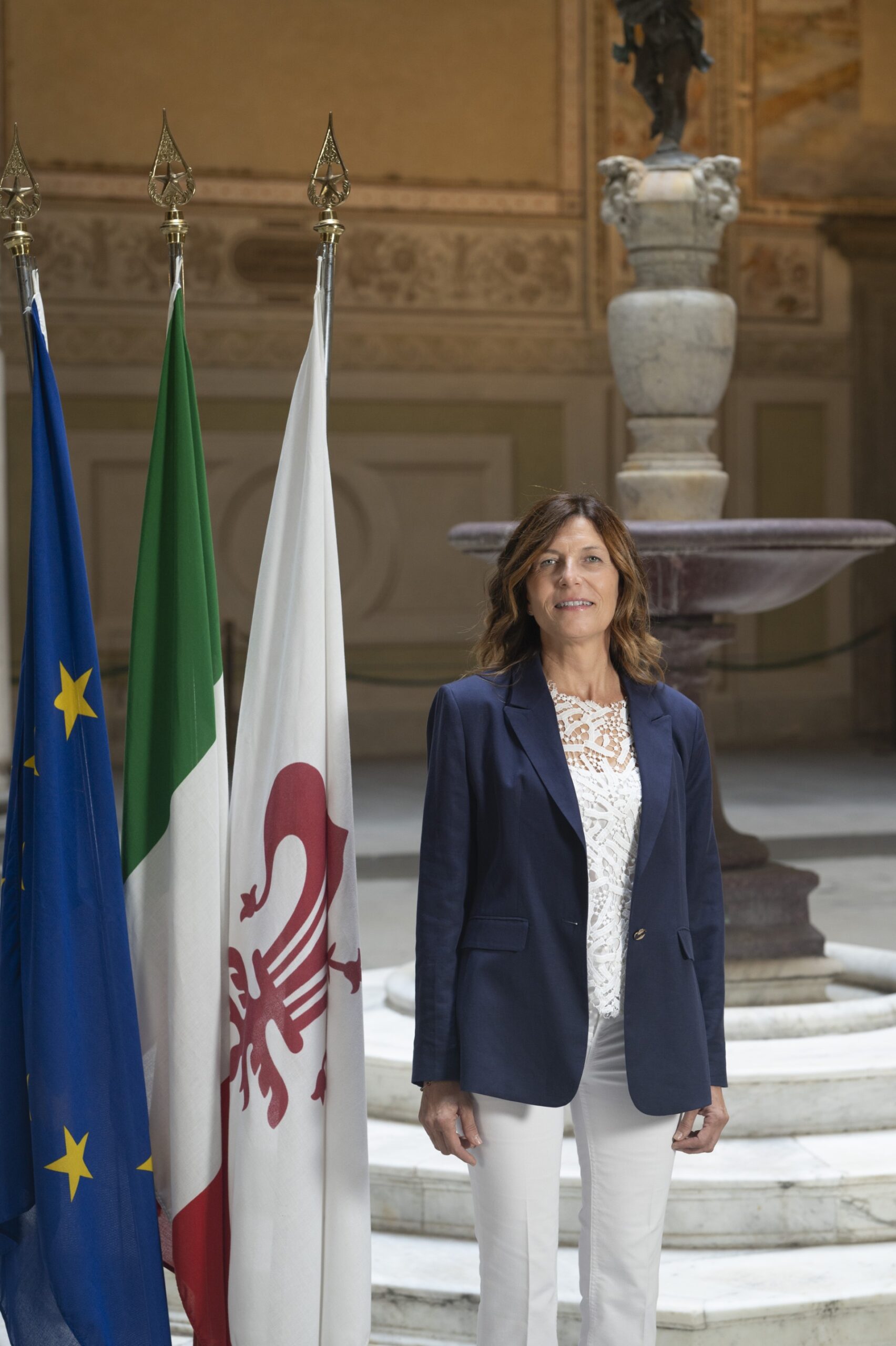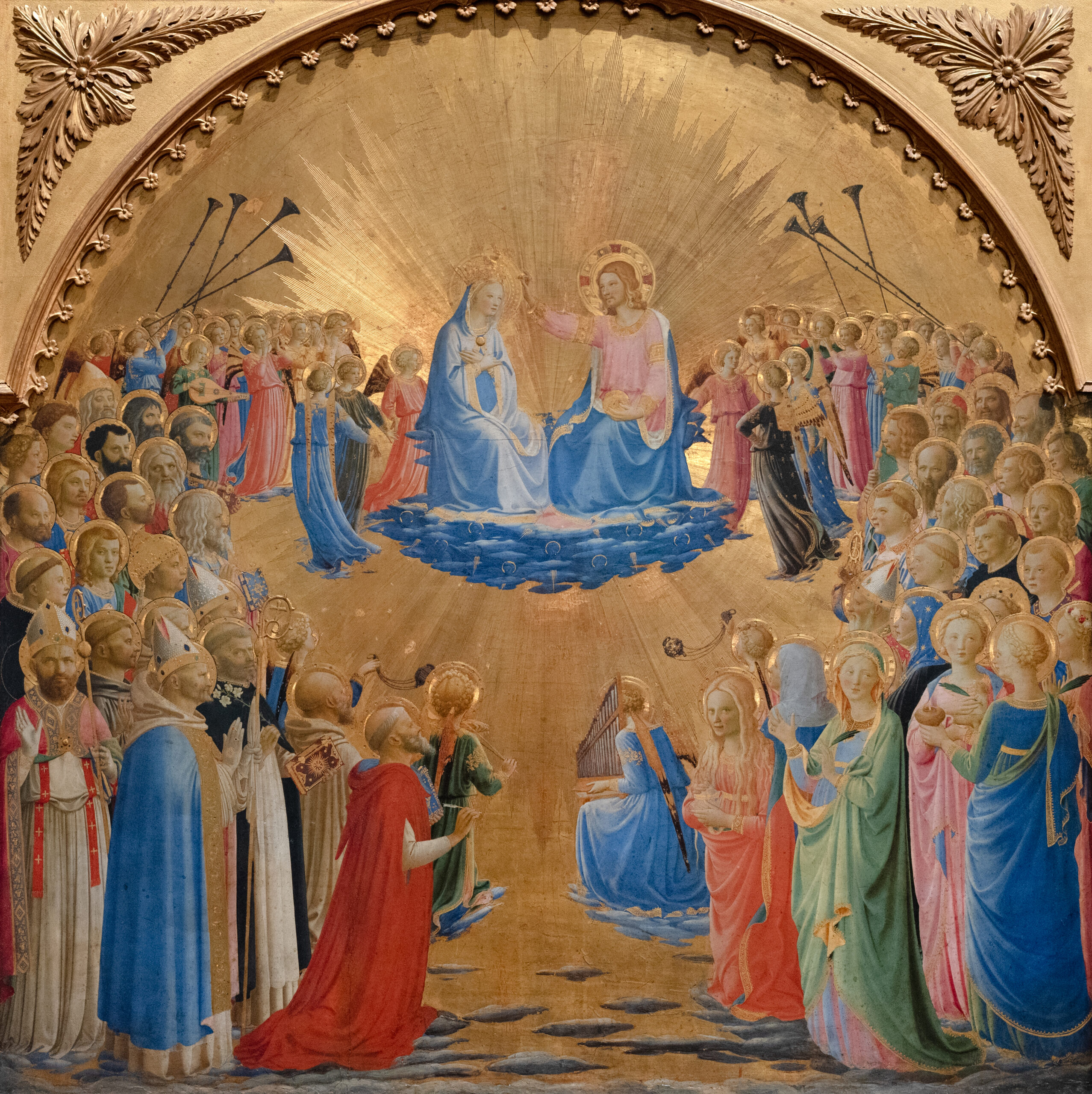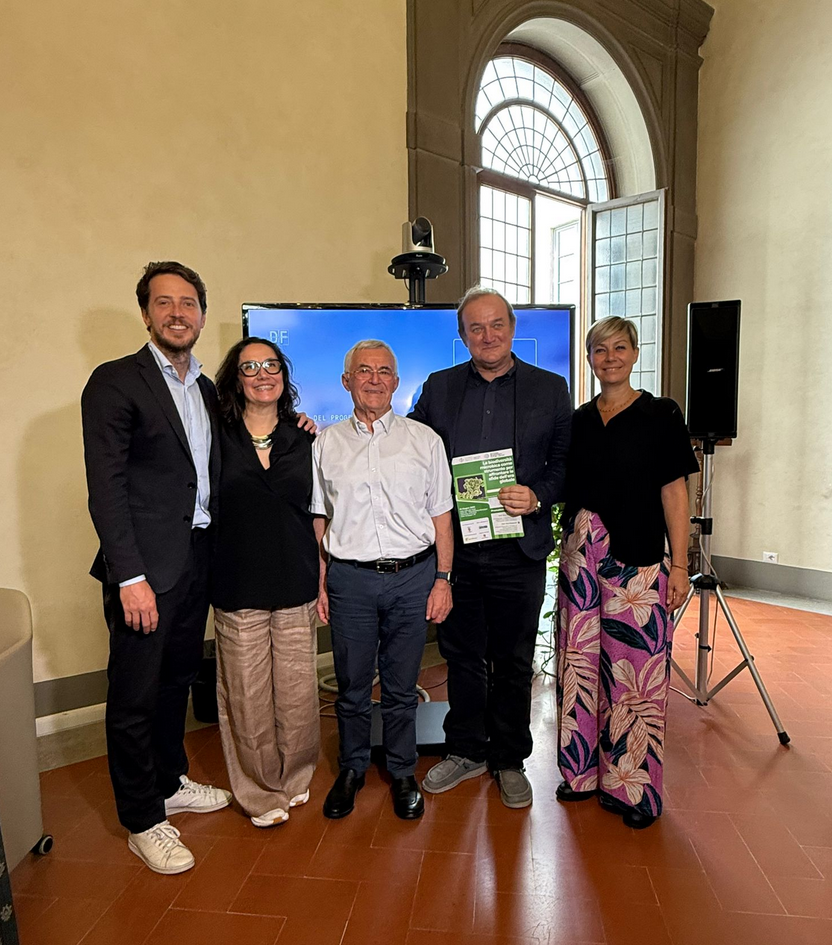The project is also realized thanks to the collaboration with Unicoop Firenze. Kicking off in 2021 in conjunction with the 700th anniversary of Dante Alighieri’s death, the calendar launched with five initial exhibitions and is now in its second edition with eight exhibitions planned for 2022: Anghiari, Montespertoli, Poppi, Reggello, Arezzo, San Giovanni Valdarno, San Casciano and San Piero a Sieve.
The goal of the project is to decentralize visitor flows and increase local tourism, collaborating with peripheral museums. The results of the first edition in 2021 speak to the project’s success: there was an average increase of 16% in visitors to the museums in Poppi (+18%), Anghiari (+14%) and Castiglion Fiorentino (+18%) compared to the previous year. A total of 36,131 visitors attended the five exhibitions (as of December 2021), with 83% saying it was the first time they had visited the museum, attracted by the ongoing event.
Eike Schmidt, Director of the Uffizi Galleries, details
“The excellent start to the project last year is confirmed by the numbers of visitors, convincing us to continue along this path...The initiative, which makes use of new studies and often draws attention to very interesting but lesser known works of the Uffizi Galleries, is aimed at stimulating new research in the local and central area and above all at creating a sense of civic awareness amongst locals”.
The Uffizi also celebrated the success of being named the most popular museum in Italy in 2021 in the Il Giornale dell’Arte newspaper with 1,721,637 ticket sales, surpassing the Colosseum and the Vatican Museums for the first time. Another commendable figure is that globally, the museum is the twentieth most visited museum in the world. Apollo Magazine declared the Terre degli Uffizi project among the six best exhibition initiatives of the year, with a mention by Lonely Planet owing to the success of the Uffizi Diffusi project as well as the upcoming reopening of the Vasari Corridor.
